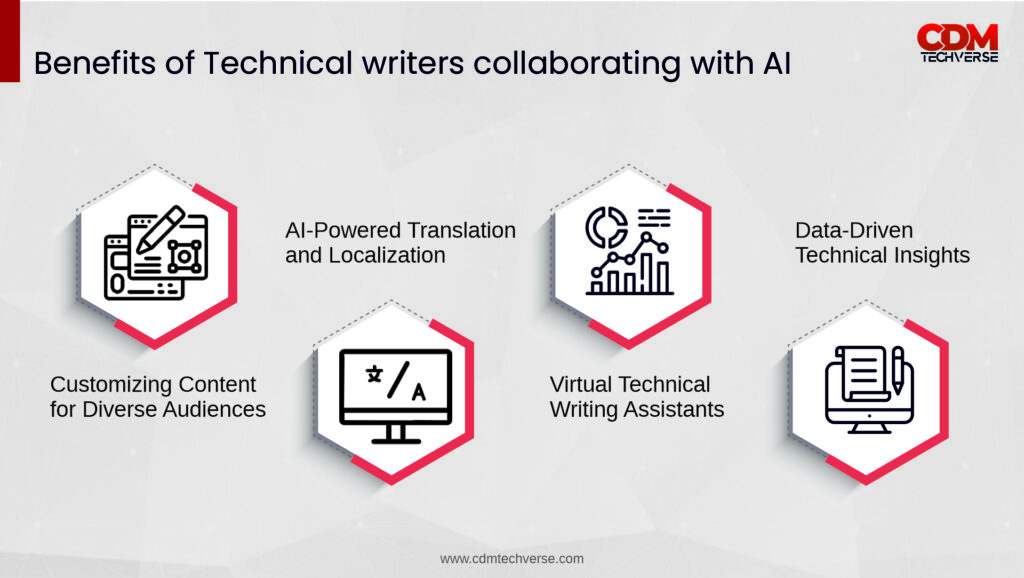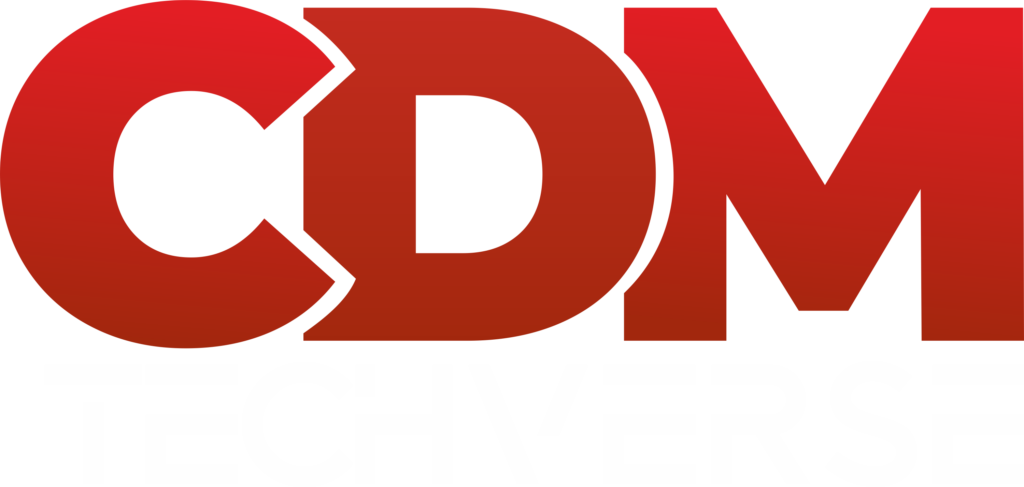In the digital age, where innovation is relentless, the integration of Artificial Intelligence (AI) into various industries has become a defining characteristic. Technical writing, a discipline that has long been associated with precision and clarity, is no exception to this transformative wave. The amalgamation of AI with technical writing holds the potential to revolutionize how complex concepts are communicated and understood.
Understanding AI and Its Role in Technical Writing

To comprehend the impact of AI on technical writing, we must first understand what AI encompasses. Artificial Intelligence refers to the simulation of human intelligence in machines that are capable of learning, reasoning, and problem-solving. Subsets of AI, such as Natural Language Processing (NLP) and Machine Learning (ML), play pivotal roles in reshaping how technical content is generated, refined, and disseminated.
The union of AI and technical writing brings forth a host of benefits. It promises increased efficiency, accuracy, and an enriched user experience. Through automated processes, AI-powered tools can expedite the creation of technical content, saving valuable time for writers while ensuring that accuracy is not compromised.
AI-Driven Content Generation
One of the most remarkable applications of AI in technical writing is AI-driven content generation. Imagine having an assistant that can draft technical documents, proofread for errors, and even suggest improvements to enhance clarity. Such AI tools are not merely theoretical constructs; they are actively transforming the landscape of technical writing.
Companies like OpenAI have developed language models that can generate coherent and contextually relevant content. These AI systems can be fed with prompts, and they generate content that aligns with the given context. While not without limitations, these tools are evolving rapidly and already proving to be invaluable resources for technical writers looking to expedite their work.
Natural Language Processing Enhancements
Technical writing often requires a delicate balance between precision and readability. This is where AI’s Natural Language Processing capabilities come into play. NLP allows machines to understand and interpret human language, facilitating tasks like grammar checking, style consistency, and readability enhancement.
Through NLP-powered tools, technical writers can identify complex sentence structures, jargon, and tone inconsistencies that might hinder comprehension. These tools not only enhance the overall quality of technical content but also streamline the editing and proofreading processes.
Benefits of Technical writers collaborating with AI

Customizing Content for Diverse Audiences
Technical writing often caters to diverse audiences with varying levels of expertise. Communicating complex ideas effectively to both novices and experts can be challenging. This is where AI’s ability to customize content shines.
AI can analyze user preferences and adjust the content accordingly. For instance, a technical manual for a software application can be tailored to provide basic explanations for beginners while offering more advanced insights for experienced users. By tailoring content to individual needs, AI enhances user engagement and comprehension.
AI-Powered Translation and Localization
In a globalized world, technical documents often need to be translated and localized to reach a broader audience. Translating technical content accurately, however, presents a unique set of challenges due to domain-specific terminology and concepts. AI is stepping in to address these challenges.
AI, coupled with NLP, is making strides in the realm of translation and localization. These tools can understand the nuances of technical jargon and ensure that the translated content retains its accuracy and clarity. The result is efficient translation processes that maintain the integrity of the technical information being conveyed.
Virtual Technical Writing Assistants
The life of a technical writer involves more than just writing; it involves research, structuring content, and ensuring accuracy. AI-powered virtual assistants are emerging to aid writers in these endeavors.
These virtual assistants can recommend relevant sources, propose optimal content structures, and even help refine writing styles. They provide a virtual brainstorming partner, alleviating writer’s block and enhancing productivity. These assistants are designed not to replace human creativity but to complement it.
Data-Driven Technical Insights
Technical fields are often data-rich, and extracting valuable insights from this data can be a daunting task. AI’s data analysis capabilities are being harnessed to turn raw data into actionable insights.
AI can analyze vast datasets to identify trends, anomalies, and correlations within technical information. This empowers technical writers to create content that is not only informative but also informed by data-driven insights. These insights have the potential to guide decision-making and foster innovation within technical industries.
Overcoming Challenges and Ethical Considerations
While the integration of AI into technical writing brings forth remarkable opportunities, it also raises certain concerns. One major concern is the potential displacement of writers. However, it’s important to recognize that AI is a tool meant to assist, not replace, human creativity and expertise.
Maintaining a balance between AI and human interventions is crucial. Ensuring that AI-generated content is accurate, unbiased, and relevant remains a challenge. Addressing these concerns requires ongoing development, rigorous testing, and ethical considerations to prevent the propagation of misinformation or biased content.
Collaboration between AI and Technical Writers
The future of technical writing is not a competition between humans and machines but a collaboration that capitalizes on the strengths of both. AI can handle repetitive tasks, such as generating boilerplate content, allowing writers to focus on creative and strategic aspects.
This collaboration extends beyond content creation. AI can assist in research, data analysis, and content optimization, thus enhancing the efficiency and effectiveness of the entire technical writing process. The symbiotic relationship between AI and technical writers will shape the evolution of this field.
Conclusion
The synergy between AI and technical writing is poised to redefine how knowledge is communicated. From AI-generated content to NLP-enhanced language quality, AI’s impact is profound. As AI continues to evolve, it is imperative for technical writers to embrace these advancements and harness them to their advantage.
The future of technical writing with AI is not about relinquishing control to machines but about amplifying human potential. By integrating AI tools and techniques into their workflows, technical writers can elevate the quality and efficiency of their work, ultimately contributing to a more informed and interconnected world. As we move forward, the harmonious coexistence of AI and creativity will be the hallmark of a truly impactful future for technical writing.




